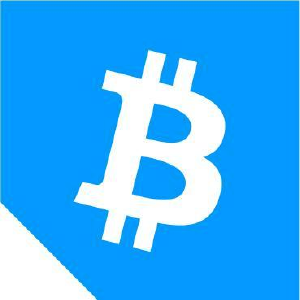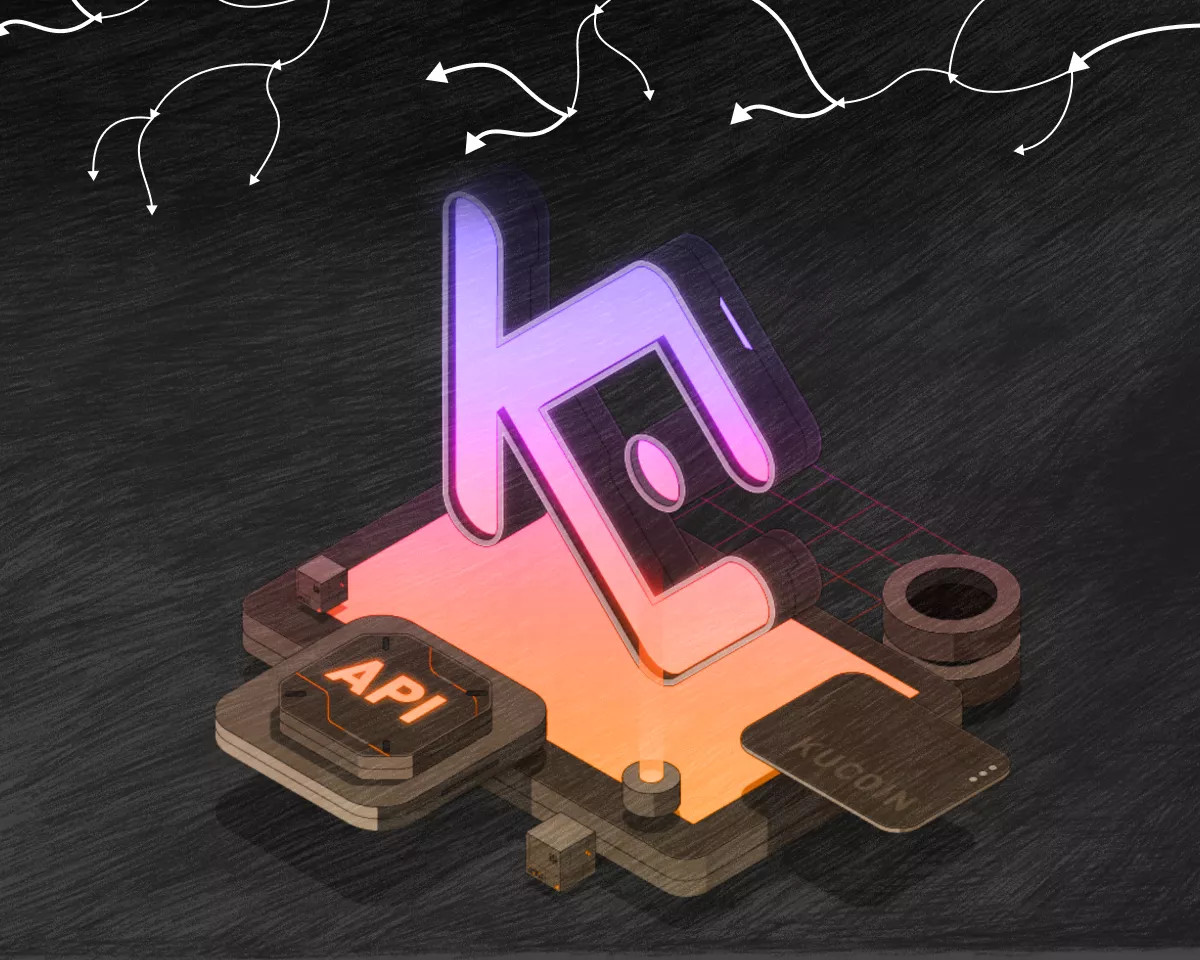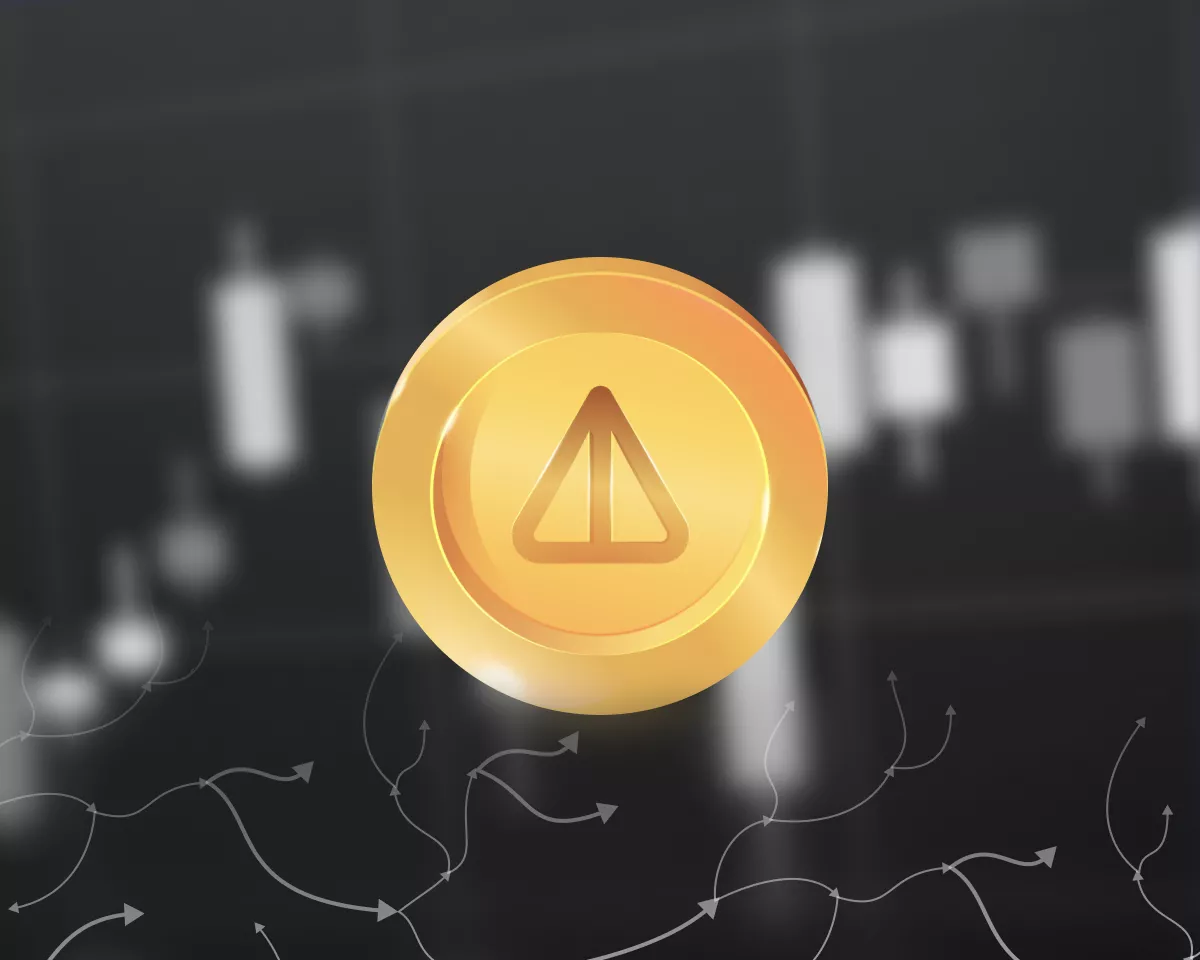Summary CME Group Bitcoin products have helped establish a robust derivatives marketplace for bitcoin, with average daily open interest in Bitcoin futures rising to $11 billion in March. Bitcoin halvings decrease the reward granted to miners for each block mined on the bitcoin blockchain as determined by the bitcoin protocol. Bitcoin’s designation as digital gold underscores its role as a store of value, particularly amidst the scarcity reinforced by halving events. Originally posted on April 11, 2024 By Payal Shah At A Glance CME Group Bitcoin products have helped establish a robust derivatives marketplace for bitcoin, with average daily open interest in Bitcoin futures rising to $11 billion in March A new element ahead of this halving is the rise of spot bitcoin ETF inflows, which are far exceeding the current pace of new bitcoin supply The fourth bitcoin halving event, scheduled on or around April 19, 2024, could be the beginning of a significant transformation in the cryptocurrency landscape. Bitcoin halvings decrease the reward granted to miners for each block mined on the bitcoin blockchain (the block subsidy) as determined by the bitcoin protocol. It is scheduled to occur roughly every four years, or every 210,000 blocks, until the entire 21 million bitcoin supply is mined, approximately by 2140. As part of bitcoin's deflationary approach to its capped supply, the upcoming halving will reduce the bitcoin supply subsidy from 6.25 to 3.125 bitcoin per block, fostering a more stringent supply landscape. By gradually decreasing the number of bitcoin entering into circulation, and assuming the adoption of bitcoin grows over time, the halving mechanism ensures that the laws of supply and demand will consistently impact the value of the asset. This halving brings five key dynamics to the forefront that could reshape prevailing narratives around bitcoin economics. 1. Halving Price Dynamics Historically, each halving event has been accompanied by a significant surge in bitcoin prices in the months preceding and following the event. Bitcoin prices rose 8,447% in the year after the 2012 halving, 290% in the year after the 2016 halving and 559% in the year after the 2020 halving. The pre-halving rally has shown a diminishing trend over time, likely due to miners selling off their bitcoin holdings to secure profits ahead of the impending reward reduction. Nevertheless, the historical pattern suggests the potential for bitcoin to reach new all-time highs in the aftermath of the 2024 halving. 2. Approval of Bitcoin Spot ETFs Spot bitcoin ETFs have generated substantial daily demand , surpassing the pace of new bitcoin supply even before the halving, and have the potential to absorb a considerable portion of the limited new issuance. To put the spot bitcoin ETF inflows into perspective, the bitcoin network currently produces about 900 new coins per day. Assuming an average price per coin of $60K, this amounts to around $54 million worth of bitcoin. In April 2024, issuance will fall to 450 coins, or about $27 million worth of bitcoin. In February 2024, net inflows into the U.S.-listed spot bitcoin ETFs averaged $208 million per day, far outstripping the pace of new supply even before the halving. This imbalance between new demand and limited new issuance has likely contributed to the strong upward pressure on the price. 3. Evolution of the Derivatives Market The emergence of a robust, regulated derivatives market, facilitated by CME Group Bitcoin futures and options, marks a fundamental shift in the narrative surrounding the halving for three key reasons: it enables price risks to be hedged , facilitates the management of bitcoin demand risk and provides market participants with actionable price discovery. Miners typically sold their bitcoin for fiat currency as they mined them, often to pay for operational costs. This constant selling meant that price appreciation was measured. After a halving event, miners would have fewer bitcoin to sell, meaning the price could go up. Mining is now dominated by larger, often publicly traded, companies. With a liquid, regulated derivatives market, it is possible for these firms to hedge and lock in future bitcoin prices without selling their coins. If this is the case, then selling pressure from miners is less likely to act as a drag on bitcoin prices going forward. CME Group Bitcoin futures average daily open interest rose to $11 billion (+29,000 contracts) in March, indicating growing interest for bitcoin exposure. 4. Impact on Miners The impending halving poses challenges and opportunities for miners, as evidenced by shifts in miner behavior and industry dynamics. Decreased bitcoin reserves held by miners, coupled with heightened competition and record-high hashrates, underscore the need for operational efficiency and strategic adaptation. The number of bitcoins held in wallets associated with miners has dropped to the lowest level since July 2021 according to data from Glassnode , suggesting that miners are perhaps preparing for potential price shifts ahead of the upcoming halving. In previous cycles, there weren't many large-scale miners and even fewer publicly traded ones. The halving may catalyze merger and acquisition activities among mining firms, driving industry consolidation and fostering innovation in sustainable mining practices. 5. The Rise of Ordinals The recent surge in retail demand can be attributed in part to the rise of bitcoin Ordinals BRC-20 tokens, which are reshaping the crypto landscape. These tokens, often likened to “NFTs for bitcoin,” have the potential to drive on-chain activity and increase transaction fees, thereby bolstering miners’ revenue streams amidst declining block rewards post-halving. Long-Term Outlook Bitcoin’s designation as digital gold underscores its role as a store of value, particularly amidst the scarcity reinforced by halving events. Institutional investors who view bitcoin as a hedge against inflation may find the halving supportive of its perceived value. Shifts in central bank policies, such as prolonged higher interest rates and potential quantitative easing measures, could further bolster bitcoin’s appeal as a hedge against currency devaluation. While past having cycles and the associated price rallies offer valuable insights, the 2024 halving presents a unique confluence of factors that could usher in a new era for bitcoin. With 28 more halving events expected over the next 112 years, the future trajectory of bitcoin adoption and network growth warrants close monitoring. Original Post Editor's Note: The summary bullets for this article were chosen by Seeking Alpha editors.














